Waste Collection in Mattress Collection
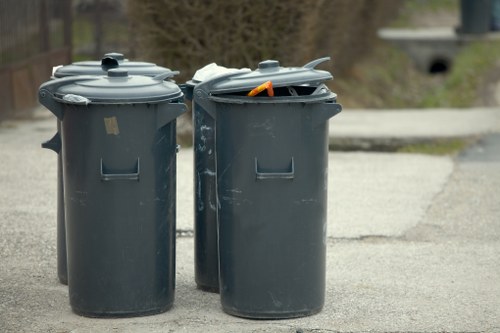
Introduction to Mattress Waste Management
With the increase in consumerism, mattress waste has become a significant environmental concern. Proper waste collection in mattress collection systems is essential for reducing landfill use and promoting recycling.
Mattresses are bulky and often contain materials that are challenging to recycle, such as metal springs, foam, and fabric covers. Efficient waste collection processes can mitigate these challenges by ensuring that mattresses are disposed of responsibly.
Implementing effective waste management strategies not only benefits the environment but also creates opportunities for recycling and repurposing materials, contributing to a circular economy.
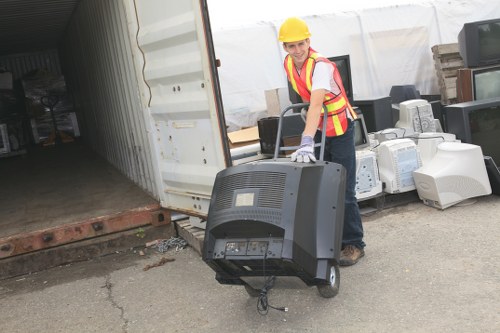
The Importance of Proper Mattress Disposal
Proper mattress disposal is crucial for several reasons. Firstly, mattresses occupy significant space in landfills due to their size and non-biodegradable components. This contributes to the growing problem of limited landfill space.
Secondly, improper disposal can lead to environmental pollution. Materials like memory foam and chemicals used in mattress manufacturing can leach into the soil and water, posing health risks.
Lastly, recycling mattresses conserves natural resources by reusing valuable materials, such as steel from springs and fibers from foam, reducing the need for new raw materials.
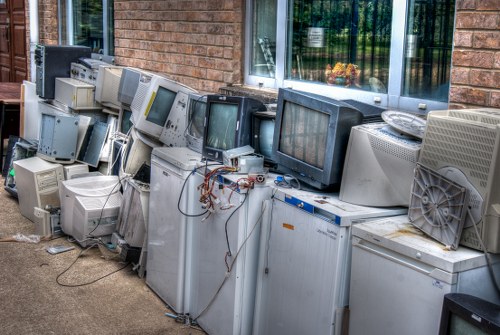
Steps in the Mattress Waste Collection Process
The mattress waste collection process involves several key steps to ensure efficient and environmentally-friendly disposal:
- Collection: Mattresses are picked up from designated drop-off points or directly from residences.
- Transportation: Collected mattresses are transported to recycling facilities or landfills using specialized vehicles.
- Sorting: At recycling facilities, mattresses are sorted to separate different materials such as metal, foam, and textiles.
- Recycling: Sorted materials are processed for recycling. For example, metal springs are melted down, and foam can be repurposed for other products.
- Disposal: Non-recyclable components are responsibly disposed of in landfills, following environmental regulations.
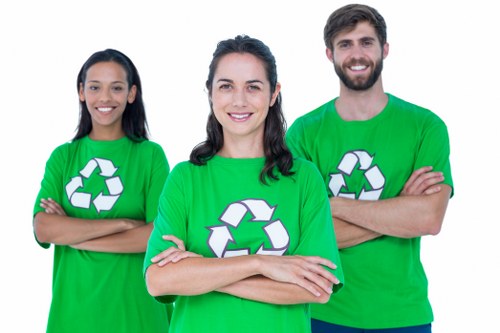
Challenges in Mattress Waste Collection
While mattress waste collection is essential, it faces several challenges:
- Size and Weight: Mattresses are large and heavy, making transportation and handling difficult.
- Complex Composition: The combination of different materials in mattresses requires specialized sorting and recycling techniques.
- Limited Recycling Facilities: Not all regions have adequate infrastructure for recycling mattresses, leading to increased reliance on landfills.
- Cost: The cost of collection, transportation, and recycling processes can be high, potentially impacting the affordability of proper disposal options.
- Consumer Awareness: Lack of awareness about proper mattress disposal options can result in improper disposal and environmental harm.
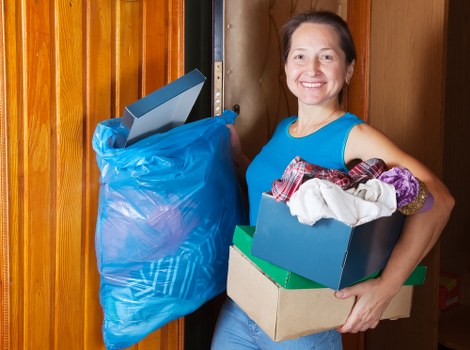
Innovative Solutions for Efficient Mattress Waste Collection
To overcome the challenges in mattress waste collection, several innovative solutions have been proposed and implemented:
- Modular Design: Encouraging the design of mattresses that can be easily disassembled and recycled, facilitating material separation.
- Advanced Recycling Technologies: Investing in technologies that enhance the efficiency of recycling processes for complex materials found in mattresses.
- Collaborative Programs: Establishing partnerships between manufacturers, retailers, and waste management companies to streamline mattress disposal and recycling.
- Incentive Programs: Providing incentives for consumers to return old mattresses for recycling, such as discounts on new purchases.
- Public Awareness Campaigns: Educating the public about the importance of proper mattress disposal and available recycling options.
Case Study: Successful Mattress Recycling Programs
Several regions have implemented successful mattress recycling programs that serve as models for effective waste management:
- The Mattress Recycling Council (MRC): An organization promoting the recycling of materials in mattresses and facilitating state-level recycling laws.
- California Mattress Recovery Program: Mandates the recycling of residential mattresses to reduce landfill use and promote material reuse.
- Illinois Mattress Recovery Act: Requires mattress producers to finance the collection and recycling of used mattresses, ensuring responsible disposal.
Environmental Benefits of Proper Mattress Waste Collection
Effective mattress waste collection provides numerous environmental benefits, including:
- Reduced Landfill Usage: Diverting mattresses from landfills decreases the demand for landfill space and minimizes environmental impact.
- Resource Conservation: Recycling materials from mattresses conserves natural resources and reduces the need for new raw materials.
- Energy Savings: Manufacturing products from recycled materials typically requires less energy compared to using virgin resources.
- Pollution Prevention: Proper disposal prevents harmful chemicals from mattresses from contaminating soil and water sources.
- Carbon Footprint Reduction: Recycling and proper waste management contribute to lower greenhouse gas emissions.
“Sustainable mattress waste collection is a critical component in the fight against environmental degradation.”
How to Participate in Mattress Waste Collection Programs
Individuals and businesses can take several steps to participate in mattress waste collection programs:
For Consumers
- Locate Recycling Centers: Find local recycling centers or waste management facilities that accept mattresses.
- Schedule Pickups: Arrange for mattress pickup services offered by recycling programs or waste management companies.
- Donate Usable Mattresses: If the mattress is still in good condition, consider donating it to charities or organizations that accept them.
- Follow Disposal Guidelines: Adhere to local regulations and guidelines for mattress disposal to ensure proper handling.
For Businesses
- Implement Recycling Programs: Offer mattress recycling services as part of your business operations.
- Partner with Recycling Facilities: Collaborate with facilities that specialize in mattress recycling to streamline the disposal process.
- Educate Employees and Customers: Provide information on proper mattress disposal and the benefits of recycling.
- Invest in Sustainable Practices: Incorporate sustainable waste management practices into your business model to reduce environmental impact.
Future Trends in Mattress Waste Collection
The landscape of mattress waste collection is evolving, with several trends shaping the future of sustainable disposal:
- Increased Automation: Automation in sorting and recycling processes will enhance efficiency and reduce labor costs.
- Biodegradable Materials: Manufacturers are exploring the use of biodegradable materials in mattress production to simplify disposal.
- Circular Economy Models: Emphasizing product lifecycle management, circular economy models aim to keep materials in use longer through recycling and repurposing.
- Legislative Support: Governments are enacting stricter regulations and providing incentives to support sustainable mattress waste management.
- Technological Advancements: Innovations in recycling technologies will enable the processing of previously unrecyclable materials, expanding recycling capabilities.
Impact of Technology on Waste Collection
Technological advancements are playing a pivotal role in transforming mattress waste collection:
- Advanced Sorting Systems: Utilizing AI and machine learning to improve the accuracy of material sorting, increasing recycling rates.
- Efficient Transportation Solutions: GPS and routing software optimize collection routes, reducing fuel consumption and operational costs.
- Recycling Process Innovations: New methods for breaking down and processing mattress materials enhance the feasibility of recycling complex components.
Conclusion
Waste collection in mattress collection is a multifaceted challenge that requires coordinated efforts from individuals, businesses, and policymakers. By implementing effective collection and recycling strategies, we can significantly reduce environmental impact, conserve natural resources, and promote sustainable practices.
As awareness grows and technology advances, the future of mattress waste management looks promising, paving the way for a more sustainable and eco-friendly approach to handling bulky waste.
Take action today to ensure that your old mattresses are disposed of responsibly. Contact us today to learn more about sustainable mattress waste collection services in your area.